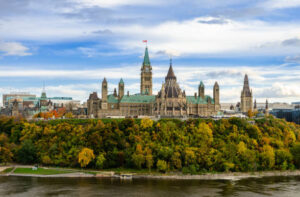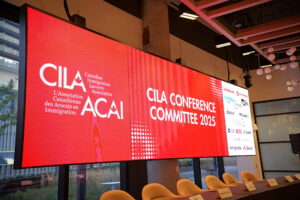This guest article was co-authored by Lou Janssen Dangzalan, and Andrew Koltun, LJD Law Professional Corporation.
When attempting to contact IRCC, you are most likely to receive the following response:
“In order to respond to the high volume of enquiries related to the situation in Afghanistan we have shifted resources in our Client Support Centre and are responding to priority enquiries only.”
If you do get through to an Immigration, Refugees and Citizenship Canada (IRCC) Call Centre agent, they will not entertain questions that relate to Afghanistan. One would think with IRCC devoting so much time and resources to Afghanistan that they would be moving very quickly on this issue.
Five months into the crisis precipitated by an uncoordinated U.S. withdrawal from Afghanistan, we know that resources are still being diverted to the problem. At this point, we need answers to the questions that have percolated. In fact, the interconnected problems at IRCC have reached a boiling point. A recent report by the Hill Times has indicated that processing times have pushed people to suicide attempts due to backlog issues.
This article will attempt to parse through what we know so far. We do so by comparing the government’s current response to how it acted during the Syrian refugee crisis in 2015. We say attempt because there is a lack of information coming from the government when it comes to timelines and deliverables.
Canada’s Operation Syrian Refugees set the benchmark for successful large-scale refugee resettlement operations. In 2015, Canada resettled 25,000 Syrian refugees in 100 days. Immigration Minister Sean Fraser recently noted that the timeline for settling Afghan refugees could take up to two years. The contrast is day and night. Indeed, news reports of arrivals indicate that they are in trickles.
1) Resourcing: Government is Stretched Thin
During Operation Syrian Refugees, the government opened three overseas operations centres inside neighbouring countries of asylum. In addition, around 500 surge staff were added from various departments to support processing of refugees on site. Canada benefited from many of the refugees already identified by the host state or the UNHCR itself.
The present situation is much less favourable. COVID has complicated all lines of business at IRCC, and it has most certainly dulled the ability of the government to move quickly and adeptly to respond to the crisis. These are, as they say, ideal conditions for the perfect storm.
Despite sunny campaign pledges, whole-of-government coordination is absent. The Government Operations Centre is not engaged. Coordinating and processing Afghan resettlement is an operational mess left with IRCC. Global Affairs Canada and the Department of National Defence are consigned to small roles, identifying eligible Afghans for the “Special program for Afghans who assisted Canada.”
2) Accessibility: Unclear Language Regarding Refugee Status Determination (RSD) Document Requirement for Group of Five Sponsored Applicants
For privately sponsored refugees, the disparity in access to RSDs is a consistent obstacle that prevents the timely submission of sponsorship applications. This barrier was removed during Operation Syrian Refugees when IRCC waived the requirement for RSD documents for Syrians and Iraqis from 2015 to 2017. Canada processed refugee applicants in-person in the country of asylum. In contrast, applications for the Afghanistan special programs and G5 applications continue to require hybrid paper-digital applications to be mailed to Resettlement Operations Centre (ROC) in Ottawa for processing while applicants are left to fend for themselves in Pakistan, Iran, Turkey, and Tajikistan.
The challenge of obtaining an RSD has existed since the requirement was imposed in 2012. Depending upon where refugees reside, the availability of RSD documents has varied. But it’s role as a barrier to sponsorship erupted following the exodus of refugees from Afghanistan that has overwhelmed host states and UNHCR offices.
Those who managed to get their RSDs prior to Afghanistan erupting in the aftermath of U.S. withdrawal were in luck. Those who did not are in limbo. While there are anecdotal stories of G5 sponsored refugees being exempted from presenting RSDs, the lack of clear language or policy from IRCC has left refugee lawyers scratching their heads. At its worst, it puts applicants’ lives at risk.
News out of Pakistan does not bode well: the UNHCR in Pakistan is bearing the brunt of this crisis. Keep in mind that Pakistan is not a party to the Refugee Convention, which makes the UNHCR’s job all the more important. The sheer volume has forced them to triage and selectively issue RSDs. Afghan refugees waiting in Pakistan are not able to work or access basic social services while they wait for Ottawa to process their papers in two years.
3) Coordination
As noted above, during the Syrian refugee crisis, the Government Operations Centre was engaged. A Federal Emergency Response Plan was implemented to provide whole-of-government coordination among a wide range of government, domestic and international partners.
Daily conference calls occurred between federal and provincial immigration officials, involving the highest levels of government, such as deputy ministers. IRCC and the provinces took pride in the level of coordination that came from Operation Syria.
While it is understandable that the provincial/territorial governments’ bandwidth is consumed by the pandemic, there is no one publicly talking about possible ways to coordinate the provinces’ and territories’ ability to absorb refugees. All this in the context of a massive labour shortage afflicting provinces and territories today. Surely, there is a way to solve both problems in one swoop.
With the current crisis, we simply don’t know enough. All of the above leads to the next point.
4) Transparency
Regular press briefings provided continuous updates on resettlement operation progress. This was the reality during the Syrian refugee crisis.
Transparency on Afghan resettlement is selective and limited. IRCC remains opaque about applications’ progress. Every resettlement charter flight is celebrated by Minister Fraser’s office but individual applicants are stonewalled by web forms and the IRCC hotline. Only after 117 days into the response was it shared that it will take an estimated two years to fully resettle 40,000 Afghans.
The Trudeau government has yet to release the Ministers’ Mandate Letters. What are Minister Fraser’s mandates on immigration and refugee files? What does the Prime Minister’s Office have to say about Afghanistan? Why this drop in transparency? As we mentioned, we have more questions than refugees resettled.
Without the release of the mandate letter to Minister Fraser, it is not even known to what extent Afghan resettlement will be a priority for an immigration department that can only cope with a historic backlog of applications by stealing resources from other lines of business. Keep in mind that there is already a backlog of 1.8 million applications across all lines of business.
Ultimately, by ignoring the lessons learned from Operation Syrian Refugees, it is no surprise that in the 123 days since Canada launched it’s response, only 5,485 refugees have been resettled.
Conclusion
As final words, sunshine is sometimes referred to as a cure. It raises a person’s serotonin levels, it boosts your mood. Prime Minister Trudeau won the 2015 elections partly due to the political debacle falling on the Conservatives’ perceived weakness on the Syrian refugee file. He heralded “sunny ways,” and responded swiftly in response to the crisis.
One thing that Minister Fraser can do swiftly is to shine a light on the situation. Speak to Canadians, engage with stakeholders. They can start by letting us know what the answers to these questions are.



